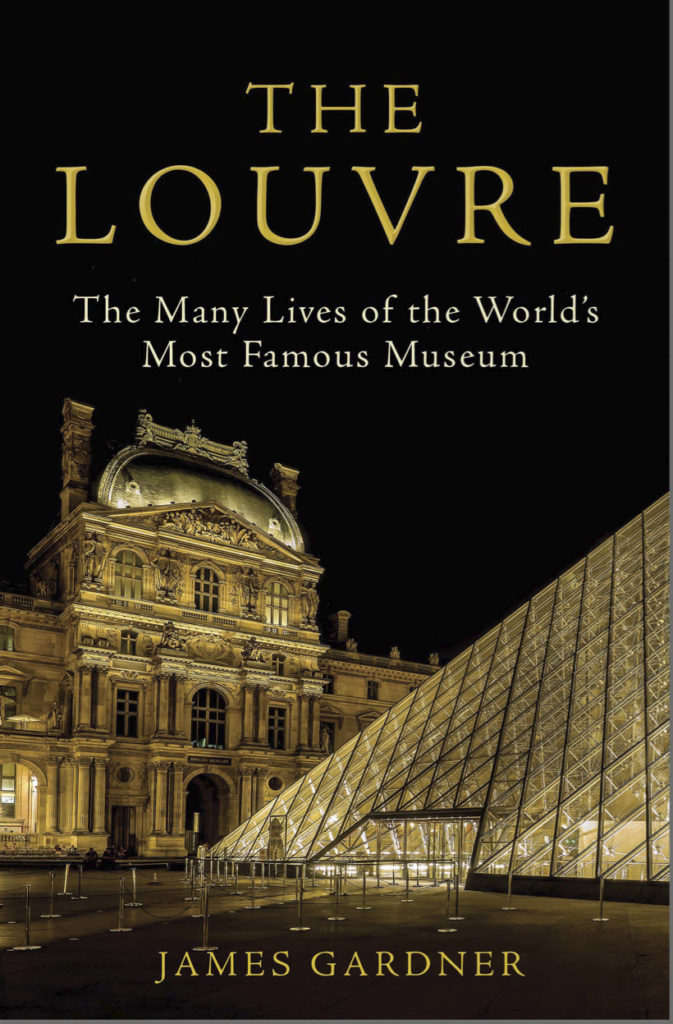
In the Saturday, September 25th issue of The Wall Street Journal in a review titled “The Louvre: Palace as Palimpsest“ Edward Rothstein writes:
This history is told with all the great verve, insight and eye for detail that Mr. Gardner’s criticism is noted for. And it allows us to see the remarkable singularity of the Louvre as a museum that was neither founded by a ruler to celebrate his glory, nor founded by a state to reflect its Enlightenment vision, nor created at the peak of national power to reflect the reach of an empire. The Louvre is an institution that slowly evolved over centuries, so that the creation and display of art eventually became inseparable from the many and various incarnations of the state. ...Mr. Gardner’s passion also invites us to share his affection—and to plan a visit.
The Louvre: The Many Lives of the World’s Most Famous Museum by James Gardner is published by Atlantic Monthly Press in North America and Atlantic Books in the UK.
James Gardner is an art critic and literary critic based in New York and Buenos Aires. He is the author of six books, including Buenos Aires: The Biography of a City. His writings have appeared in the New York Times, the Wall Street Journal, the New Republic, and the British Spectator. He was the art critic at the New York Post and wrote architecture criticism for the New York Observer, before serving as the architecture critic at the New York Sun. He is now a contributing editor at The Magazine Antiques.

